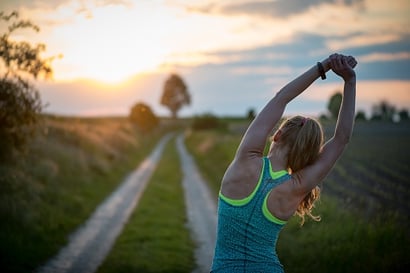 A New Year is a great time to reset goals, start over, or accomplish something new. Maybe this is the first time you are getting serious about your health and you are ready to begin your fitness journey. I love the thrill of new goals being set, seeing unfamiliar faces in the gym, and fitness becoming a priority for the first time in people’s lives.
A New Year is a great time to reset goals, start over, or accomplish something new. Maybe this is the first time you are getting serious about your health and you are ready to begin your fitness journey. I love the thrill of new goals being set, seeing unfamiliar faces in the gym, and fitness becoming a priority for the first time in people’s lives.
Being well into March already, the question arises: are you still on track to accomplish your goals and resolutions for 2020? Allow me to suggest some tips to help keep you on track so that when December 31st comes around again this year, you won’t be making the same fitness goal for 2021 that you made for this year.
Tips for Accomplishing Your Fitness Goals
Many people set unrealistic goals or expect instant results. Once life gets back to the “normal” routine after the holiday season, the fitness goals once again fall on the back burner. Not this year! Here are some tips to help keep you on track all year long:
- Set weekly or monthly goals—with your end goal in sight. Write them down, hang them up where you can see them every day, and cross each off after you have accomplished it. Leave the list up with the items crossed off so that you can continue to track your progress and see your success.
- Allow for life to happen on your journey to meet your fitness goals. Some weeks are crazier than others; kids get sick or work is insanely busy. Plan that into your week and do not let it knock you completely out of your fitness routine. Find ways to get yourself to the gym during the crazy cycle of life.
- Set realistic expectations. Don’t expect to go to the gym 7 days a week. Take baby steps and make your goal to get there 2–4 days a week to start. Getting there a few times is better than not at all.
- Lack of time should not be an excuse. Everyone has 24 hours in the day, so don’t let time become a factor in not being able to make it to the gym. A 20–30-minute workout is sometimes sufficient for working toward your goal. Be efficient with the time that you do have and make the most of even 20 minutes.
- Don’t let one bad day ruin your week. Healthy fitness and nutrition choices are sometimes hard during the busy days. Tomorrow is always a new start for eating well and getting your workout in. Pick up where you know you should be and keep moving forward.
- Don't make excuses. Excuses usually start to build up toward the end of January and beginning of February for how you are unable to make it to the gym. Don’t get caught up in falling for them! Keep that New Year’s excitement going into February and March with new weekly or monthly goals to accomplish.
Get Goal-Setting Help from NIFS
If you feel like you are in a goal-setting slump, ask a NIFS health fitness instructor for ideas or tips to help you get out. Remember to keep your end goal in sight. You do not need to wait for the New Year to start a new fitness journey. Don’t be the person telling yourself, “There’s always next year”; be the person who says “I am so proud that I stuck with my routine and accomplished my goal this year!”
This blog was written by NIFS Personal Trainer Kaci Lierman. To read more about the NIFS bloggers, click here.


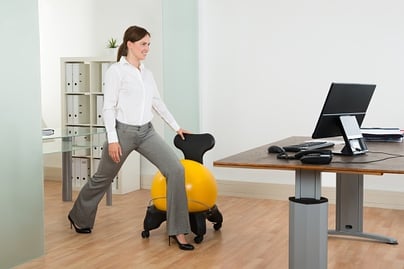 The More You Move, the Healthier You Can Be
The More You Move, the Healthier You Can Be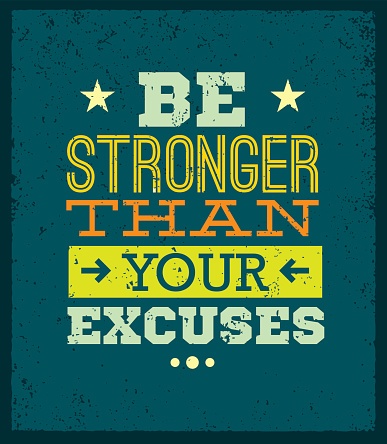 Of the many lessons that the recent events have provided, one that stands out to me is that anybody can be anything if they take action and pursue it.
Of the many lessons that the recent events have provided, one that stands out to me is that anybody can be anything if they take action and pursue it. 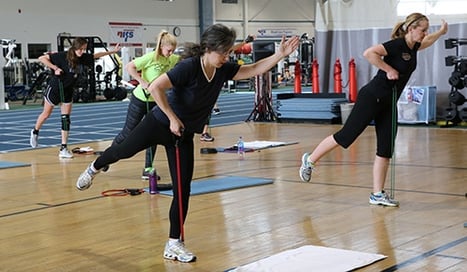 If you take a few minutes to google the various types of fitness training out there, you will come up with a list of about 10 different ones, and then 10 more different variations of each of those. And each year more and more “fitness trends” come out, making it quite confusing for the consumer as to what to choose and where to start. It can be confusing and even frustrating choosing what is right for you and your body.
If you take a few minutes to google the various types of fitness training out there, you will come up with a list of about 10 different ones, and then 10 more different variations of each of those. And each year more and more “fitness trends” come out, making it quite confusing for the consumer as to what to choose and where to start. It can be confusing and even frustrating choosing what is right for you and your body. 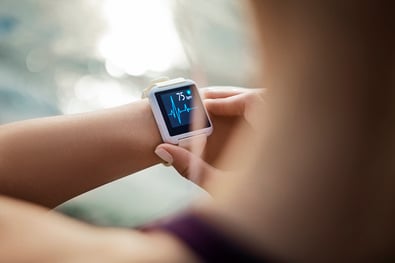 This type of training is specific to each individual and their personal zones. You can read more
This type of training is specific to each individual and their personal zones. You can read more 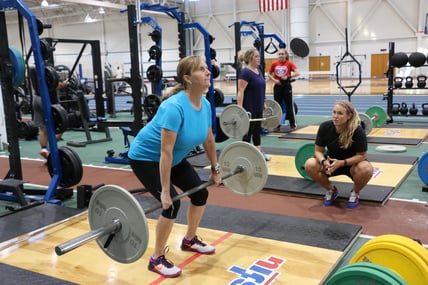 Strength training typically is done with heavy weight but can be done with lighter ones as well. This style of training is directly associated with Newton’s law: mass x acceleration = force.
Strength training typically is done with heavy weight but can be done with lighter ones as well. This style of training is directly associated with Newton’s law: mass x acceleration = force. 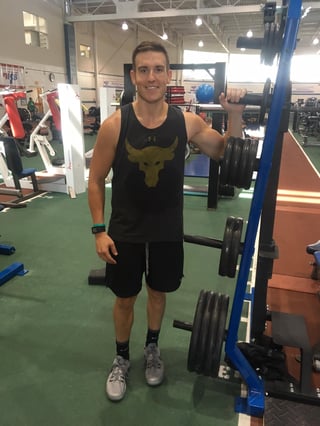
 As the new year is here, we start forming new goals for the next. I would like to share a story of a member who has worked incredibly hard through 2015 and 2016, has crushed all of the weight loss and fitness goals that he set and then some, and who has transformed himself completely in front of everyone who has seen him.
As the new year is here, we start forming new goals for the next. I would like to share a story of a member who has worked incredibly hard through 2015 and 2016, has crushed all of the weight loss and fitness goals that he set and then some, and who has transformed himself completely in front of everyone who has seen him.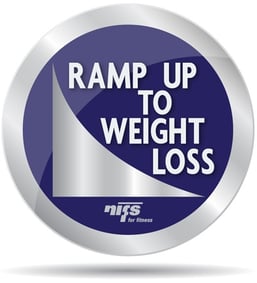
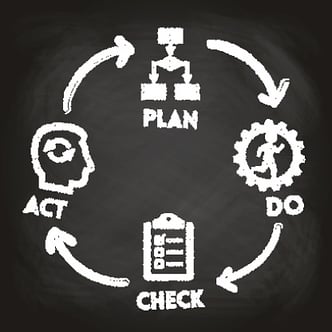 Hopefully you are off to a solid start on your 2017 goals. I would venture to say that many are as we are still in the first month. But if you haven’t started to put those goals into action yet, it’s not too late!
Hopefully you are off to a solid start on your 2017 goals. I would venture to say that many are as we are still in the first month. But if you haven’t started to put those goals into action yet, it’s not too late!  Maybe one of your goals was to complete your first 5K or spring half-marathon. Now is the time to put those goals into action. Join us for our
Maybe one of your goals was to complete your first 5K or spring half-marathon. Now is the time to put those goals into action. Join us for our  The New Year is just around the corner and many will be out to improve themselves on many levels in 2021, with health and fitness usually being number one on the list. If losing weight, increasing lean muscle tissue, and sculpting a lower half that will certainly turn heads, while all at the same time improving your heart health is what you are looking for, I have one answer. The use of sprints in the world of fitness and sport performance is nothing exceptionally new, but can be new to you. Actually, sprinting (fast, short bouts of running) was used to stay alive long before we used it as a mode of training.
The New Year is just around the corner and many will be out to improve themselves on many levels in 2021, with health and fitness usually being number one on the list. If losing weight, increasing lean muscle tissue, and sculpting a lower half that will certainly turn heads, while all at the same time improving your heart health is what you are looking for, I have one answer. The use of sprints in the world of fitness and sport performance is nothing exceptionally new, but can be new to you. Actually, sprinting (fast, short bouts of running) was used to stay alive long before we used it as a mode of training.  In part 1
In part 1 It’s the time of year that no one wants to talk about. But let’s face it: Christmas decorations have been out in stores for over a month, and the holidays are just around the corner. And for many across the nation, the holidays are one of the most dreaded times for unhealthy eating and putting on unwanted excess weight. But it doesn’t have to be like that. Don’t let this time of year scare you. Instead, view it as an opportunity to meet the weight management challenge for a better you!
It’s the time of year that no one wants to talk about. But let’s face it: Christmas decorations have been out in stores for over a month, and the holidays are just around the corner. And for many across the nation, the holidays are one of the most dreaded times for unhealthy eating and putting on unwanted excess weight. But it doesn’t have to be like that. Don’t let this time of year scare you. Instead, view it as an opportunity to meet the weight management challenge for a better you!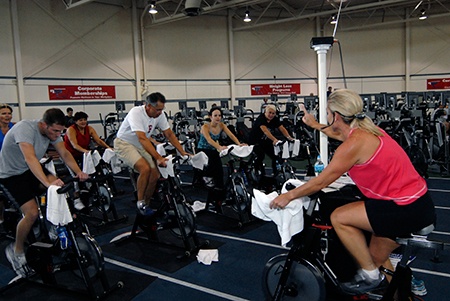 Are you one of those who either hate to run or find it is too hard on your body? You like to bike but right now it is way too cold to ride outside. Well, one of the greatest indoor group training classes that is offered is
Are you one of those who either hate to run or find it is too hard on your body? You like to bike but right now it is way too cold to ride outside. Well, one of the greatest indoor group training classes that is offered is